Home » Application » Wind Turbine for Offshore Application
Wind Turbine for Offshore Application
Offshore wind energy, as the name implies, refers to electricity produced by wind turbines that are installed offshore and implicitly in the ocean (or in lakes). The last twenty years has seen a great deal of interest in this technology. The primary impetus for this has been the lack of available land with a good wind resource for new turbines, particularly in northern Europe.
Structures of Offshore Wind Turbines
The basic component of an offshore wind energy project is the offshore wind turbine itself. It is defined as ‘a wind turbine with a support structure which is subject to hydrodynamic loading’ (IEC, 2009). This type of wind turbine consists of the following components.
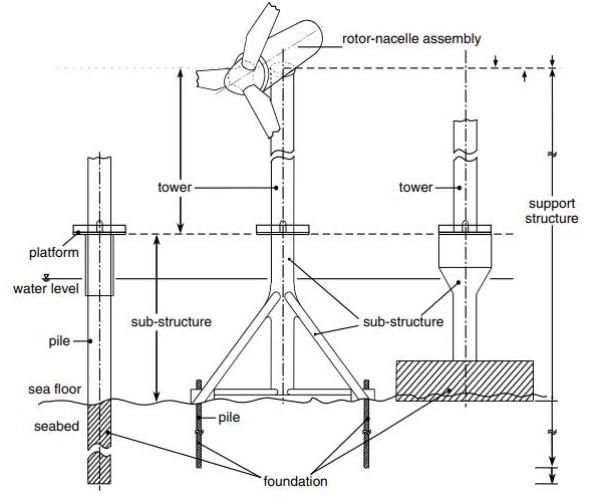
Rotor-nacelle assembly (RNA). This is the part of a wind turbine carried by the support structure. It includes:
History of Offshore Wind Energy
The first concepts of offshore wind turbines were developed by Hermann Honnef in Germany in the 1930s (D€orner, 2009). Extensive offshore wind farms off the coast of Massachusetts were proposed in the early 1970s (Heronemus, 1972), but they were never built.
The first actual offshore wind turbine was installed in Sweden in 1991 and the first real offshore wind farm was constructed in 1992 in shallow (2–5 m) water off the coast of Denmark near the town of Vindeby. The Vindeby wind farm, which is still operating, consists of eleven 450 kW machines approximately 3 km from the shore.
Since then, offshore wind turbines have been installed in the Netherlands, the United Kingdom, Sweden, Ireland, Germany, and China. In 2002 and 2003, the first large, utility-scale offshore farms were commissioned. The Horns Rev and Nysted wind farms, both in Denmark, were the first farms built with capacities exceeding 100 MW. As of the end of 2008, there was over 1000 MW of installed offshore wind capacity, most of it in Europe.
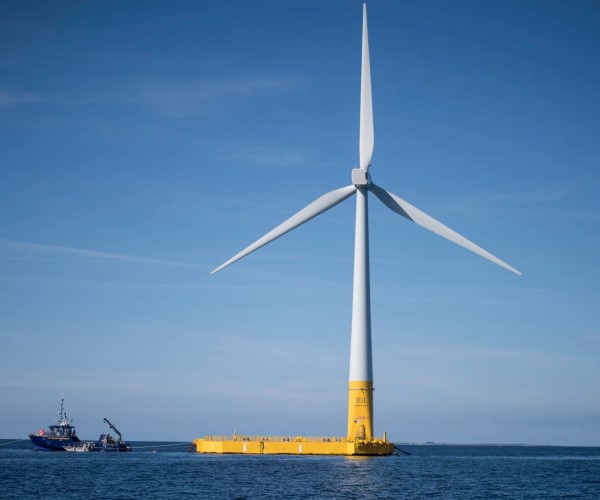
General Considerations
Offshore wind energy has several promising attributes. These include:
Structures of Offshore Wind Turbines
The basic component of an offshore wind energy project is the offshore wind turbine itself. It is defined as ‘a wind turbine with a support structure which is subject to hydrodynamic loading’ (IEC, 2009). This type of wind turbine consists of the following components.

- rotor – part of a wind turbine consisting of the blades and hub;
- nacelle assembly – part of a wind turbine consisting of all the components above the tower that are not part of the rotor. This includes the drive train (shafts, couplings, gearbox, generator(s), and brakes), bed plate, yaw system, and the nacelle enclosure.
- tower – part of the support structure which connects the substructure to the rotor-nacelle assembly;
- substructure – part of the support structure which extends upwards from the seabed and connects the foundation to the tower;
- foundation – part of the support structure which transfers the loads acting on the structure into the seabed.
History of Offshore Wind Energy
The first concepts of offshore wind turbines were developed by Hermann Honnef in Germany in the 1930s (D€orner, 2009). Extensive offshore wind farms off the coast of Massachusetts were proposed in the early 1970s (Heronemus, 1972), but they were never built.
The first actual offshore wind turbine was installed in Sweden in 1991 and the first real offshore wind farm was constructed in 1992 in shallow (2–5 m) water off the coast of Denmark near the town of Vindeby. The Vindeby wind farm, which is still operating, consists of eleven 450 kW machines approximately 3 km from the shore.
Since then, offshore wind turbines have been installed in the Netherlands, the United Kingdom, Sweden, Ireland, Germany, and China. In 2002 and 2003, the first large, utility-scale offshore farms were commissioned. The Horns Rev and Nysted wind farms, both in Denmark, were the first farms built with capacities exceeding 100 MW. As of the end of 2008, there was over 1000 MW of installed offshore wind capacity, most of it in Europe.

General Considerations
Offshore wind energy has several promising attributes. These include:
- greater area available for siting large projects;
- proximity to cities and other load centers;
- generally higher wind speeds compared with onshore locations;
- lower intrinsic turbulence intensities;
- lower wind shear.
- higher project costs due to a necessity for specialized installation and service vessels and equipment and more expensive support structures;
- more difficult working conditions;
- more difficult and expensive installation procedures;
- decreased availability due to limited accessibility for maintenance;
- necessity for special corrosion prevention measures.
- wind resource;
- offshore wind turbines themselves;
- external design conditions;
- characteristics of prospective sites;
- offshore wind farm design and layout;
- offshore wind farm operation and maintenance;
- offshore environmental issues;
- offshore wind energy economics.
In summary, there are both opportunities and challenges in the development of offshore wind power projects, and it is difficult to
thoroughly explore its potential. To learn more about wind power, windindustry.com will be your choice.
thoroughly explore its potential. To learn more about wind power, windindustry.com will be your choice.
Post a Comment:
You may also like:

Featured Articles
History of Wind Energy Applications
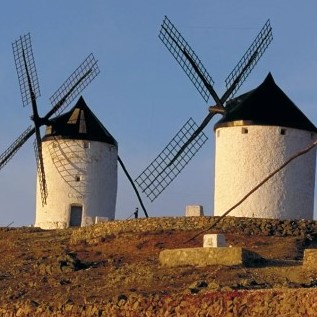 Wind is used to produce electricity by converting the kinetic energy of air in motion into electricity. In modern wind ...
Wind is used to produce electricity by converting the kinetic energy of air in motion into electricity. In modern wind ...
 Wind is used to produce electricity by converting the kinetic energy of air in motion into electricity. In modern wind ...
Wind is used to produce electricity by converting the kinetic energy of air in motion into electricity. In modern wind ...Application in Energy Storage
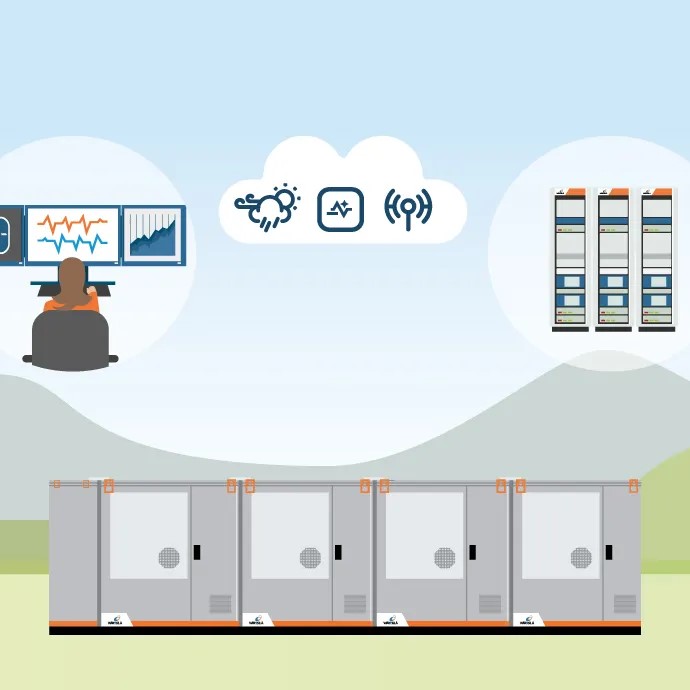 With the development of science and technology, energy storage is one of the most effective ways to solve the problem of ...
With the development of science and technology, energy storage is one of the most effective ways to solve the problem of ...
 With the development of science and technology, energy storage is one of the most effective ways to solve the problem of ...
With the development of science and technology, energy storage is one of the most effective ways to solve the problem of ...Application in Severe Climates
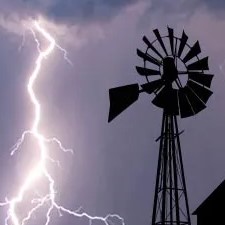 Operation in severe climates imposes special design considerations on wind turbines. Severe climates may include those with ...
Operation in severe climates imposes special design considerations on wind turbines. Severe climates may include those with ...
 Operation in severe climates imposes special design considerations on wind turbines. Severe climates may include those with ...
Operation in severe climates imposes special design considerations on wind turbines. Severe climates may include those with ...Applications for Small Wind Turbines
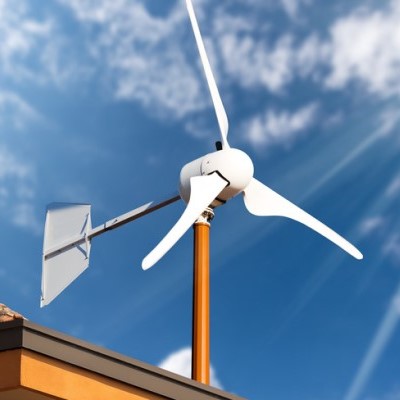 Small-scale wind energy is a small but rapidly growing segment of the RE industry in the US. Like other renewable sources, in its ...
Small-scale wind energy is a small but rapidly growing segment of the RE industry in the US. Like other renewable sources, in its ...
 Small-scale wind energy is a small but rapidly growing segment of the RE industry in the US. Like other renewable sources, in its ...
Small-scale wind energy is a small but rapidly growing segment of the RE industry in the US. Like other renewable sources, in its ...Wind Turbine for Onshore Application
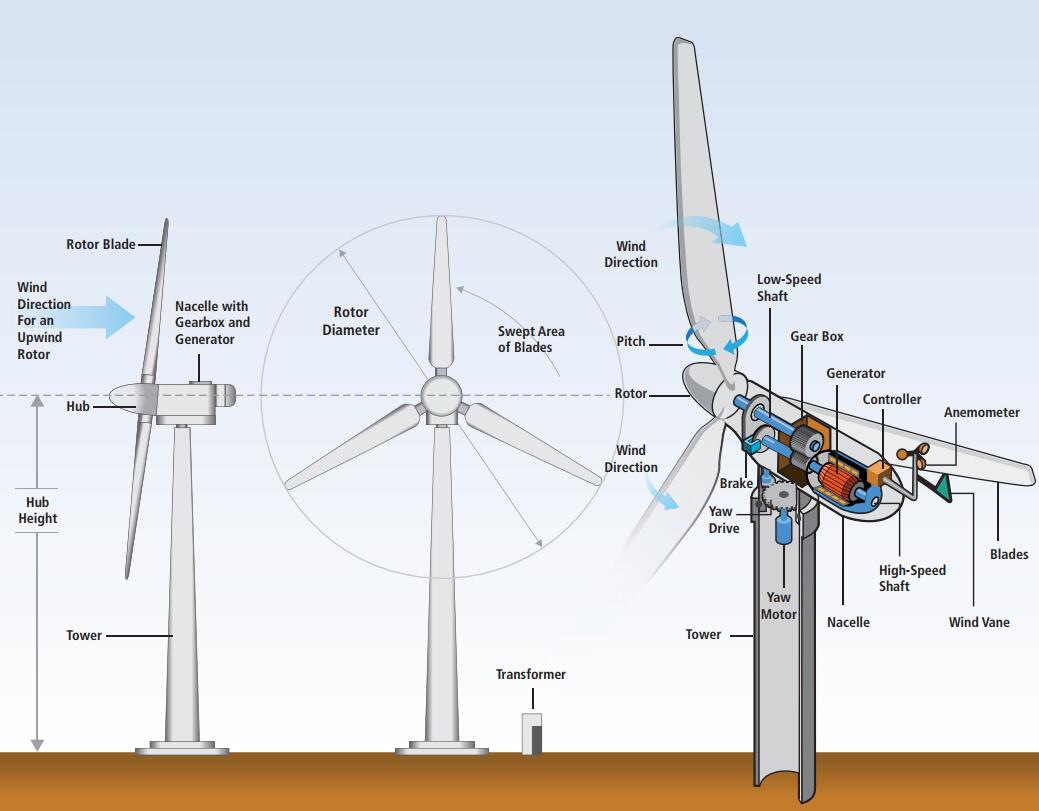 Modern, commercial grid-connected wind turbines have evolved from small, simple machines to large,highly ...
Modern, commercial grid-connected wind turbines have evolved from small, simple machines to large,highly ...
 Modern, commercial grid-connected wind turbines have evolved from small, simple machines to large,highly ...
Modern, commercial grid-connected wind turbines have evolved from small, simple machines to large,highly ...